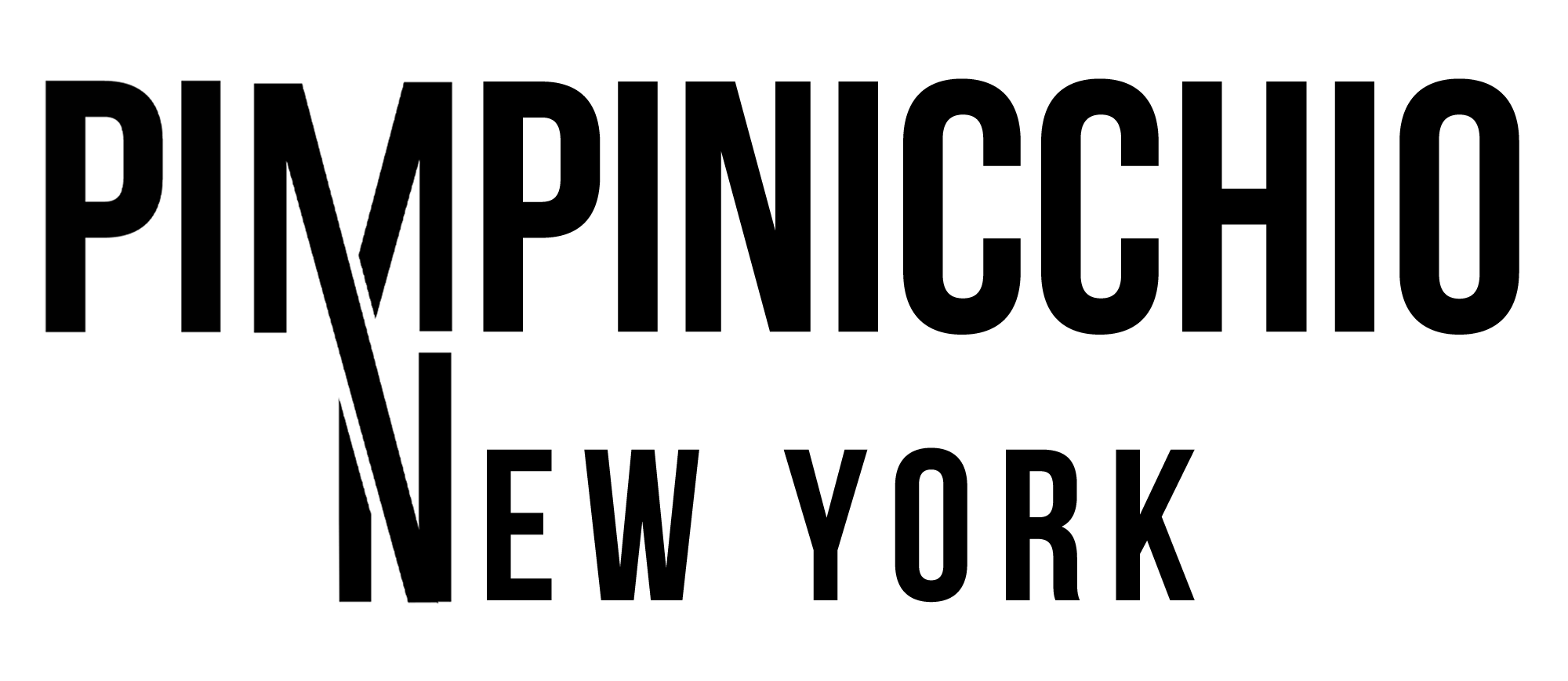Choosing fashion for conservation brands can have a profound impact on the planet and the communities involved in sustainable practices. This decision goes beyond personal style; it reflects a commitment to protecting the environment, supporting ethical labor practices, and promoting global awareness. In this blog, we will explore the myriad benefits of embracing fashion that prioritizes conservation.
Understanding Fashion for Conservation
Fashion for conservation represents a conscious choice to support brands that prioritize ecological sustainability. By choosing these brands, consumers often feel a deeper connection to the products they wear and the stories they represent. This connection enhances the joy of wearing clothing, knowing that its production has considered the environmental impact.
Moreover, fashion for conservation blends aesthetics with purpose. The designs are often unique and carry a message that resonates with environmentally conscious individuals. Embracing such fashion allows a person to articulate their values and contribute to the greater good while still being stylish.
In essence, understanding fashion for conservation means recognizing the role that every choice plays in shaping our environment. As consumers become more informed, their selections can drive significant change within the fashion industry, encouraging other brands to adopt more responsible practices.
Environmental Benefits of Sustainable Fashion
Sustainable fashion brands actively work to minimize their ecological footprint. This ranges from sourcing organic materials to utilizing eco-friendly manufacturing processes that reduce waste. By supporting such brands, consumers are directly contributing to the reduction of pollution caused by traditional fashion practices.
Another critical environmental benefit is the emphasis on biodiversity. Many conservation-focused brands ensure that their sources do not deplete natural resources, helping to maintain the delicate balance of ecosystems. This commitment translates into a healthier planet, from cleaner water to preserved wildlife habitats.
In addition, sustainable fashion promotes the idea of longevity in clothing. Fast fashion perpetuates a cycle of overconsumption, but conservation-centric brands advocate for quality over quantity. By investing in durable pieces, consumers can reduce landfill waste and extend the lifecycle of their wardrobe.
Supporting Ethical Labor Practices
Choosing fashion for conservation also means championing ethical labor practices. Many sustainable brands prioritize fair wages and safe working conditions for their workers. This not only raises the standard of living for those involved in production but also encourages transparency and accountability within the fashion industry.
When consumers opt for brands that emphasize ethical practices, they send a powerful message to the market. This fosters a culture of respect for human rights, forcing larger companies to rethink their practices or risk losing their consumer base. The ripple effects can lead to meaningful industry-wide changes.
Ultimately, supporting ethical labor goes hand-in-hand with sustainable fashion. It creates a holistic approach to societal well-being, ensuring that the people who create our clothes receive the respect and compensation they deserve.
Promoting Awareness and Education
One of the unique benefits of fashion for conservation is its potential to promote awareness and education. Many brands engage in campaigns that educate consumers about environmental issues and the importance of sustainability. This transformation of consumers into informed advocates is a significant step towards collective action.
Educational initiatives often extend beyond product marketing. Some brands host workshops, collaborate with environmental organizations, or create content that discusses the impact of the fashion industry on the planet. Through these efforts, they empower consumers to make informed choices that align with their values.
Fashion becomes a vehicle for change, where consumers not only wear their values but also inspire others through conversation and action. This interplay of fashion and environmentalism cultivates a community of individuals dedicated to making a difference.
Economic Impact of Conservation Brands
From an economic perspective, fashion for conservation supports local economies and smaller artisans. Many sustainable brands partner with local craftspeople, ensuring that the communities involved benefit from the trade. This model boosts local economies and preserves traditional methods of craft.
Moreover, investing in conservation brands often leads to sustainable job creation. As these brands grow, they create jobs that emphasize sustainability and ethical practices, thus attracting a workforce passionate about making a positive impact.
By redirecting consumer spending towards these brands, individuals contribute to an economy that values sustainability, fostering an environment where both social responsibility and economic prosperity can thrive. It suggests a future where ethical fashion is not just a niche but a viable market standard.
In Conclusion
In summary, selecting fashion for conservation brands not only allows individuals to express their unique styles but also contributes significantly to the protection of the environment and the well-being of communities worldwide. By making informed choices, consumers can foster a more sustainable fashion industry that aligns with ethical values.




0 comments